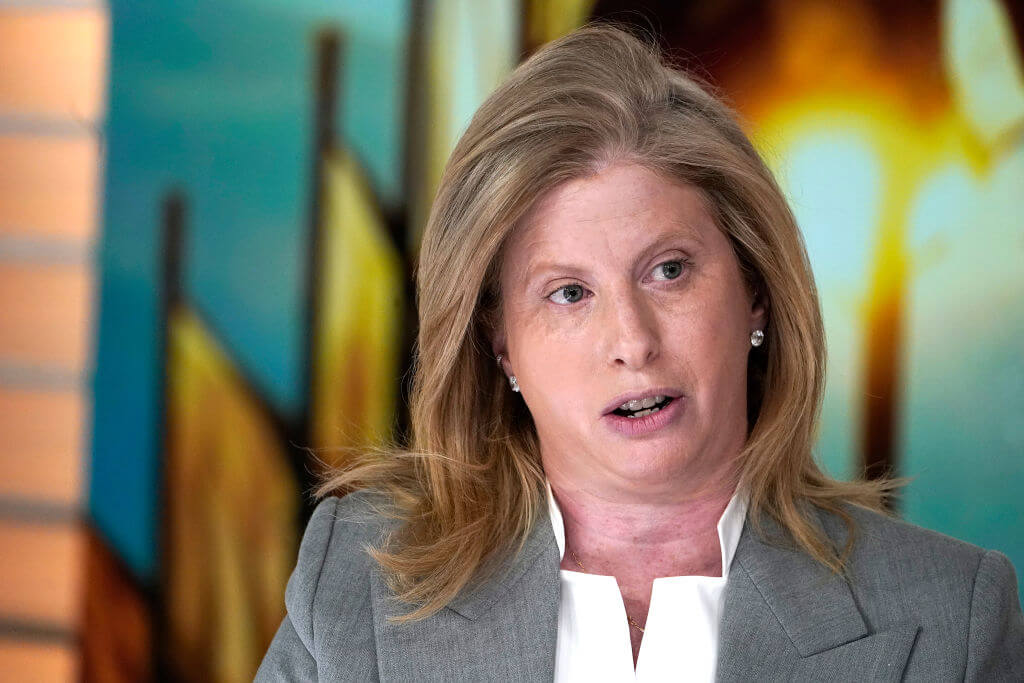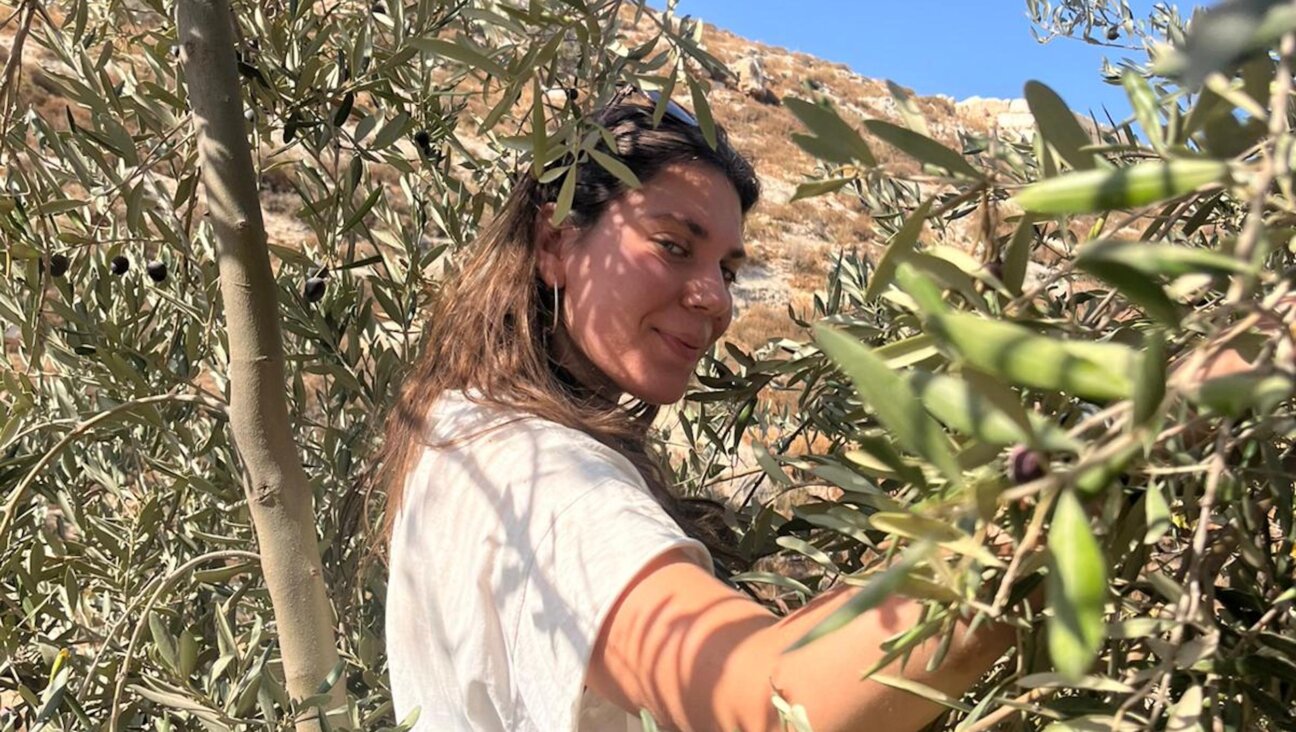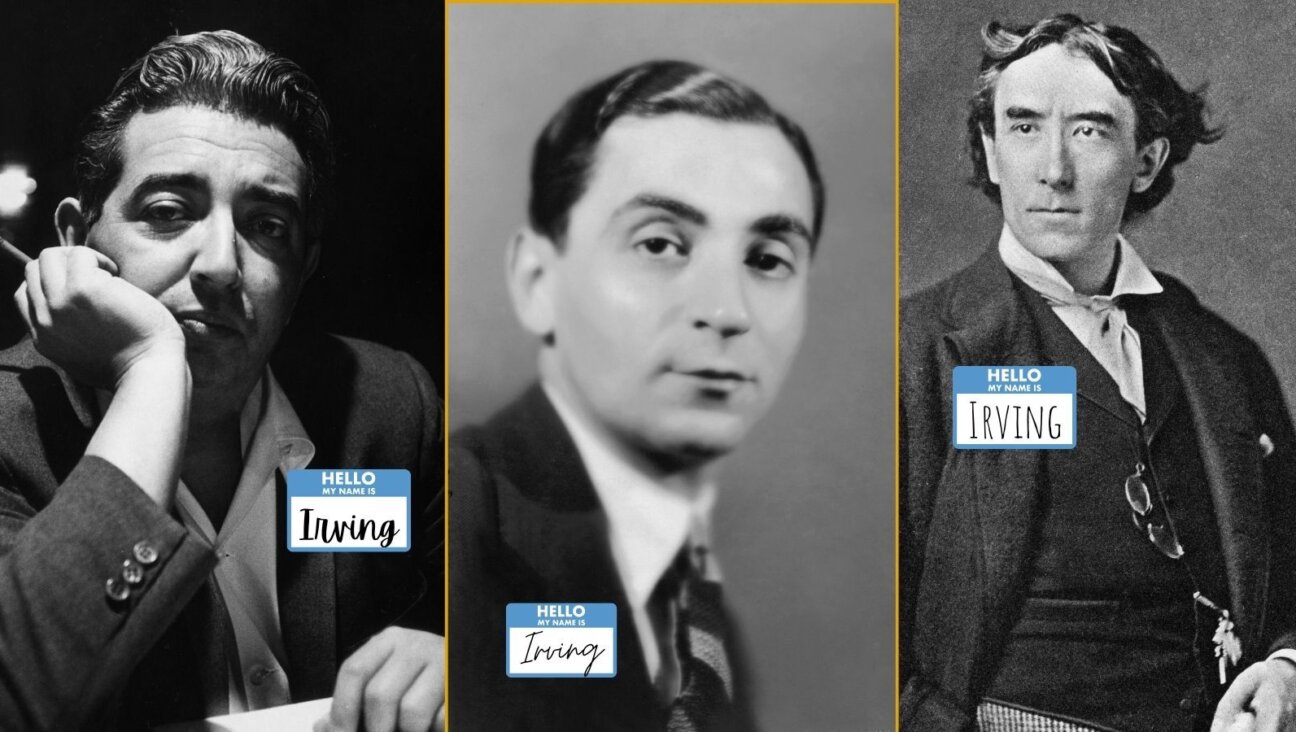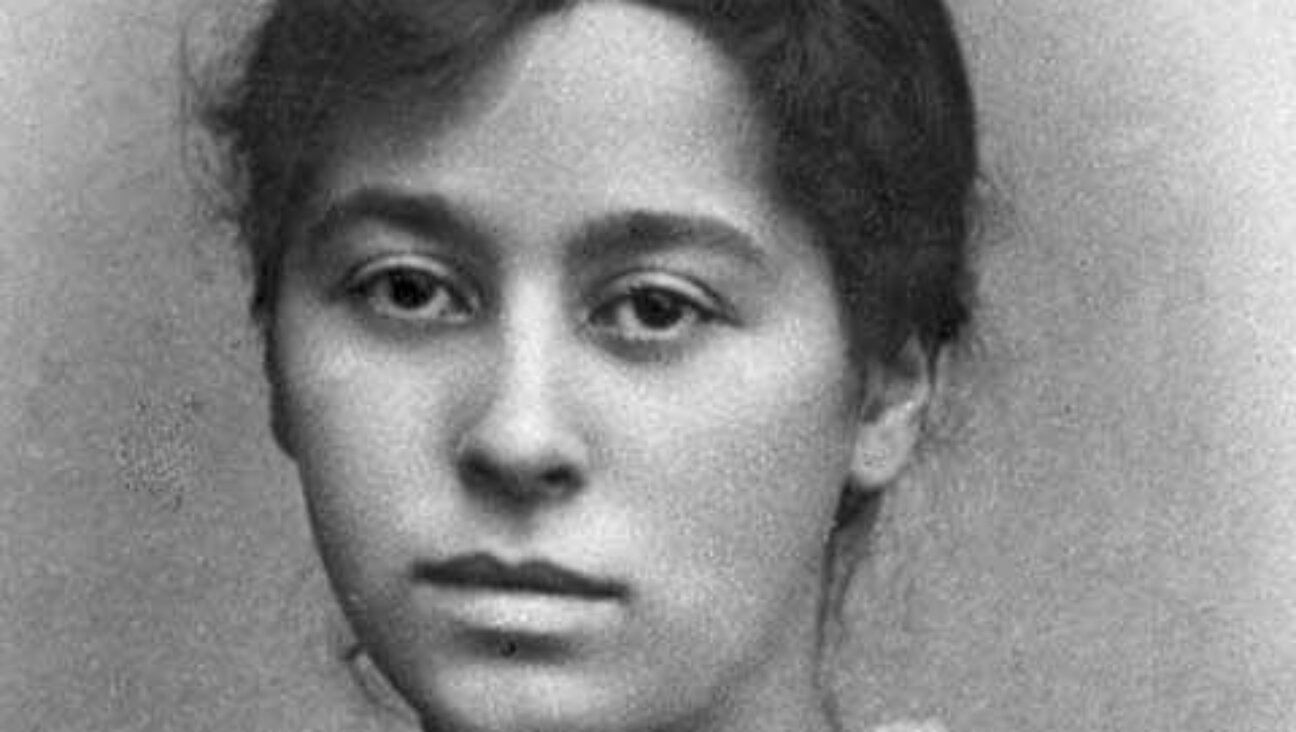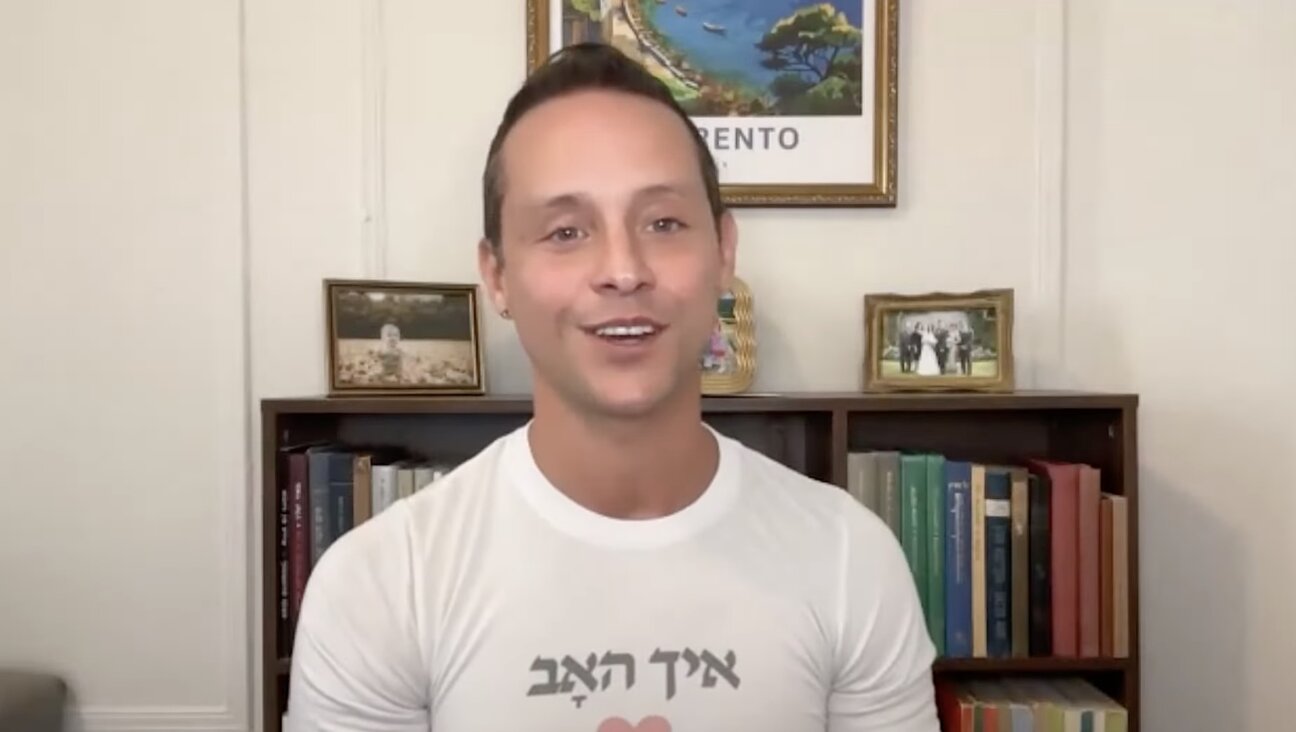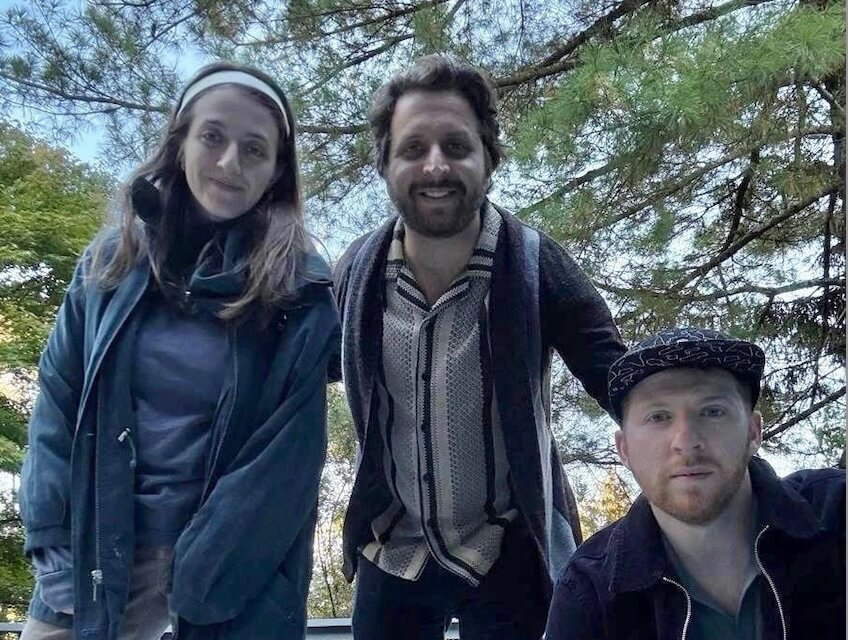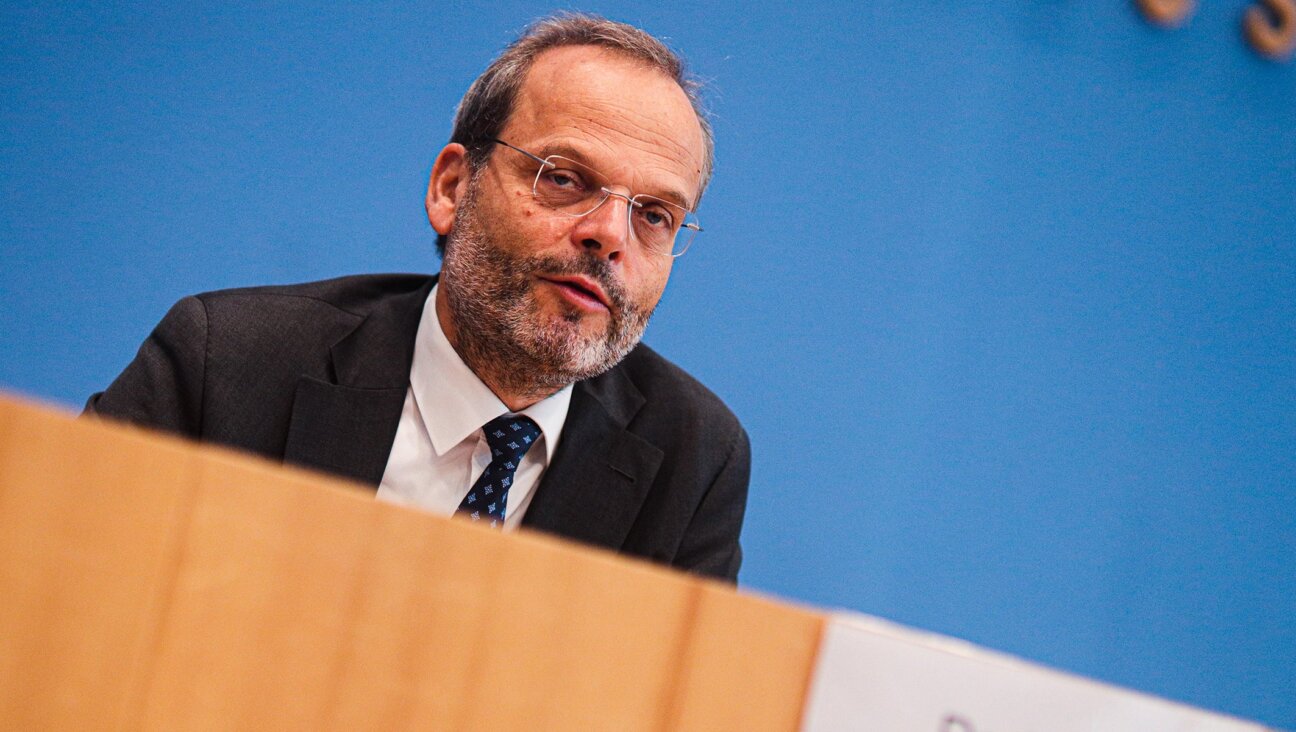Egon Mayer Reached Out to Interfaith Couples
I write this reflection as a friend and professional colleague of Egon Mayer’s for the last quarter-century.
He died last week at age 59, after battling gall bladder cancer.
Egon, formerly director of Jewish studies at the Graduate Center of the City University of New York and chair of Brooklyn College’s sociology department, was best known for his groundbreaking research on intermarriage — his first studies of the topic were already being talked about as the topic came to the fore after the first National Jewish Population Study in 1971. As the founding director of the Jewish Outreach Institute in New York, Egon fought to end the taboo against welcoming mixed couples into Jewish communal life, arguing that the best course was to reach out to and include as many Jews as possible in the Jewish people.
We first met while working among the “stable” of young social scientists being nurtured by the late Yehuda Rosenman at the American Jewish Committee. By the mid-1980s we were part of a small cadre of about 15 social scientists — centered in New York, Boston and Philadelphia — who studied the American Jewish community fulltime. We differed from earlier researchers of the American Jewish experience who tended to be secularists with minimal Jewish studies backgrounds. Their focus was the study of prejudice and assimilation with the aim of furthering the Americanization of the Jews as well as of other immigrant groups.
Like them, we were well trained in social science and committed to excellence in research. Unlike them, most of us were deeply involved in Jewish communal life and possessed strong backgrounds in Jewish studies. As a group our central concerns were the maintenance of Jewish identity and exploration of factors enabling the persistence of particularistic cultural, ethnic and religious patterns in the open society.
Some considered him a minimalist who acquiesced to weakening boundaries of Jewish community. Those who knew him well understood that his strong desire to include rather than to exclude sprang from two sources: a love of humanity and a love of the Jewish people.
Egon, who was conceived and born into the horror of the Holocaust, and who, in utero, was one of the Jews saved from extermination by Rudolf Kasztner, believed with all his heart in rescuing and acknowledging every Jew. An immigrant from Hungary who came to the United States at the age of 12, he also understood freedom and loved the openness of America as so many refugees had before him.
We disagreed pretty strongly about some aspects of the analysis of intermarriage, but professional disputes never became personal. That was his way. He had an old-fashioned, courtly, European grace that charmed all who met him.
Egon’s scholarship was very broadly based. In addition to working on national demographic surveys, he utilized in-depth personal interviews and focus groups long before it was fashionable to do so. He always urged his colleagues not to lose sight of the micro level — the individuals, couples and both sides of the extended families in interfaith marriages.
In “Jewish Outreach: A New Agenda” he wrote: “There was a tendency to see interfaith marriages in what we sociologists call the macro-social perspective. In that perspective, interfaith marriage is seen not for itself but for what it represents to some larger entity… such consequences are only probabilistic. They are possibilities, potentialities…. Yet, when the behavior of individuals is seen largely — not to say exclusively — for what its consequences might be, such behavior and the individuals in it become miscast, misunderstood, and often mistreated beyond reason. That has certainly been the case of interfaith marriage.”
About six years ago the two of us volunteered to take on a five-year stint as editors of Contemporary Jewry, the journal of the Association for the Social Scientific Study of Jewry. Though there were many moments of frustration, we were both very proud of the five years of journals. It was Egon who made sure that Contemporary Jewry was produced in a way that reflected and showcased the coming of age of social science as an integral part of Jewish studies. In the preface to Volume 23 of the journal Egon wrote for both of us that “It is particularly gratifying that we are able to conclude our labors on behalf of our discipline and association with this special issue. We hope that our colleagues and readers will find in these pages the intellectual points of departure that will stimulate new lines of inquiry into longstanding questions about the substance, methods and theories of social science with which to better grasp an understanding of contemporary Jewish life, especially in the USA.”
How sad it is that we will not be able to tackle this task alongside Egon. In the first Mishna of the sixth chapter of Pirkei Avot there is what seems an apt definition of Egon Mayer’s character. It reads: “Whoever engages in the study of Torah for its own sake achieves a host of merits; people benefit from his counsel and skill, his understanding and strength. He becomes a flowing fountain, a never-failing stream; he becomes modest and patient, forgiving of insults. He is called: beloved friend, lover of God, lover of humanity, a joy to God, a joy to humanity.” Egon Mayer was truly a beloved friend. May his memory be a blessing to us all.
Rela Mintz Geffen is the president of Baltimore Hebrew University.



